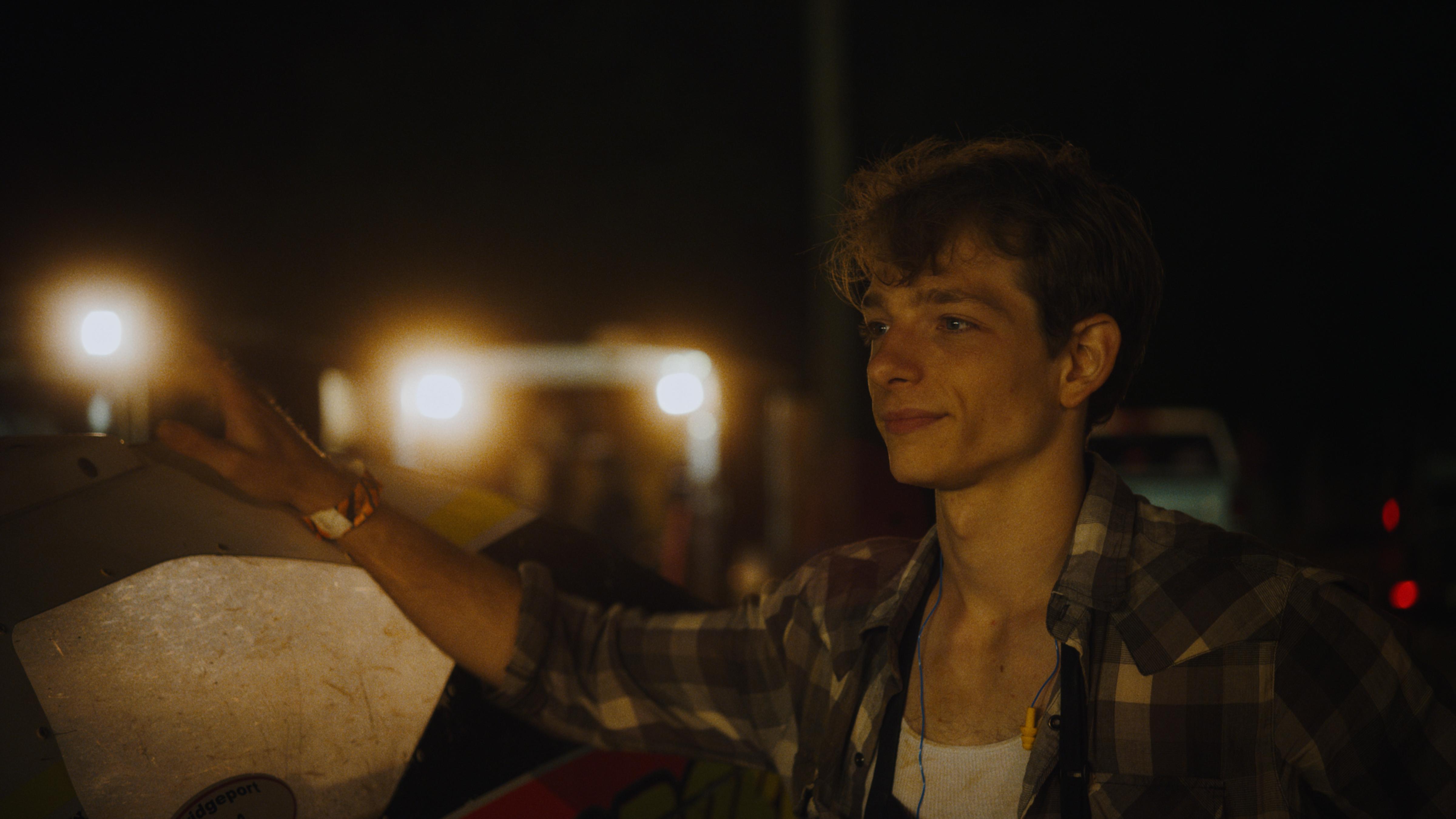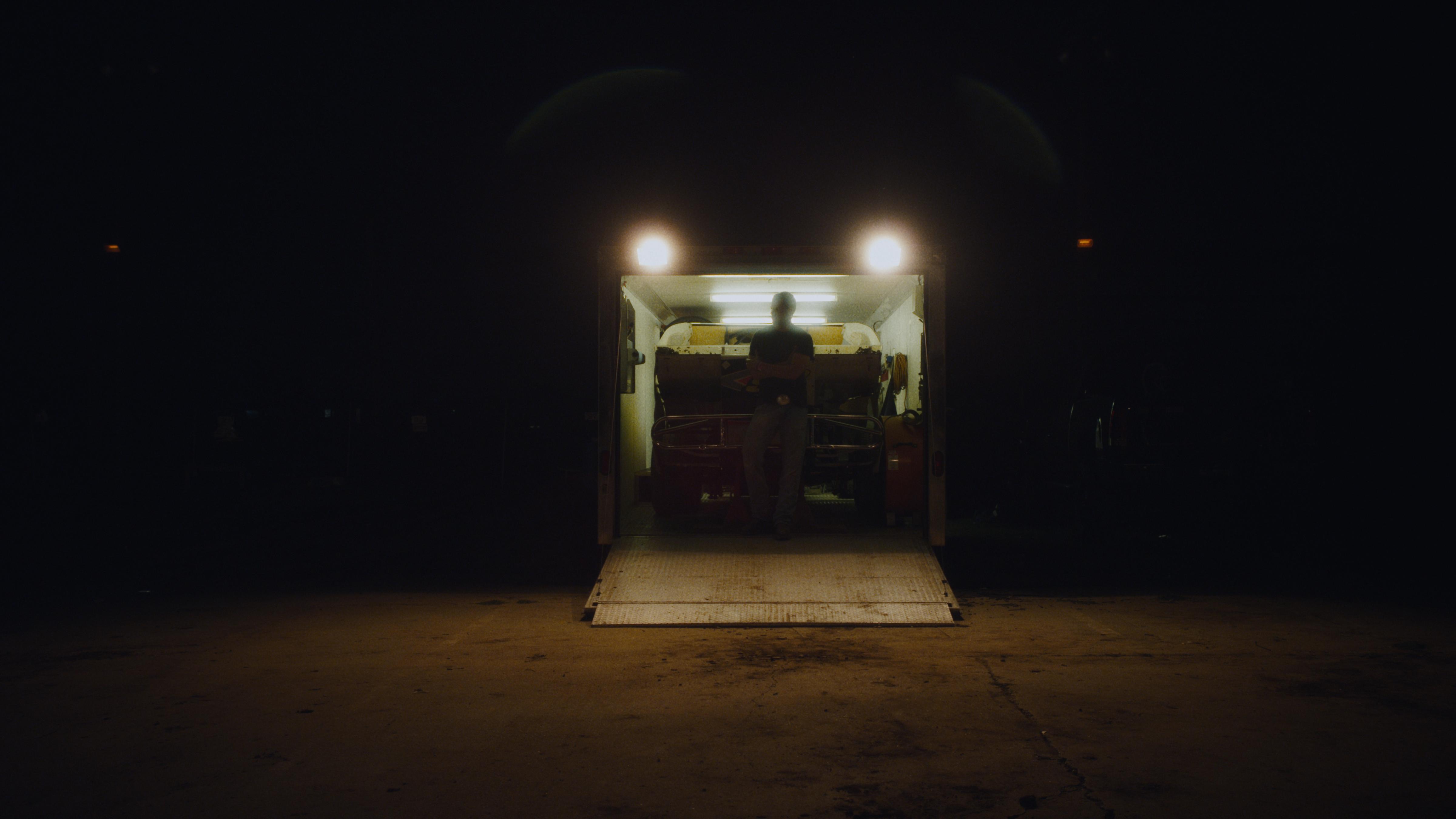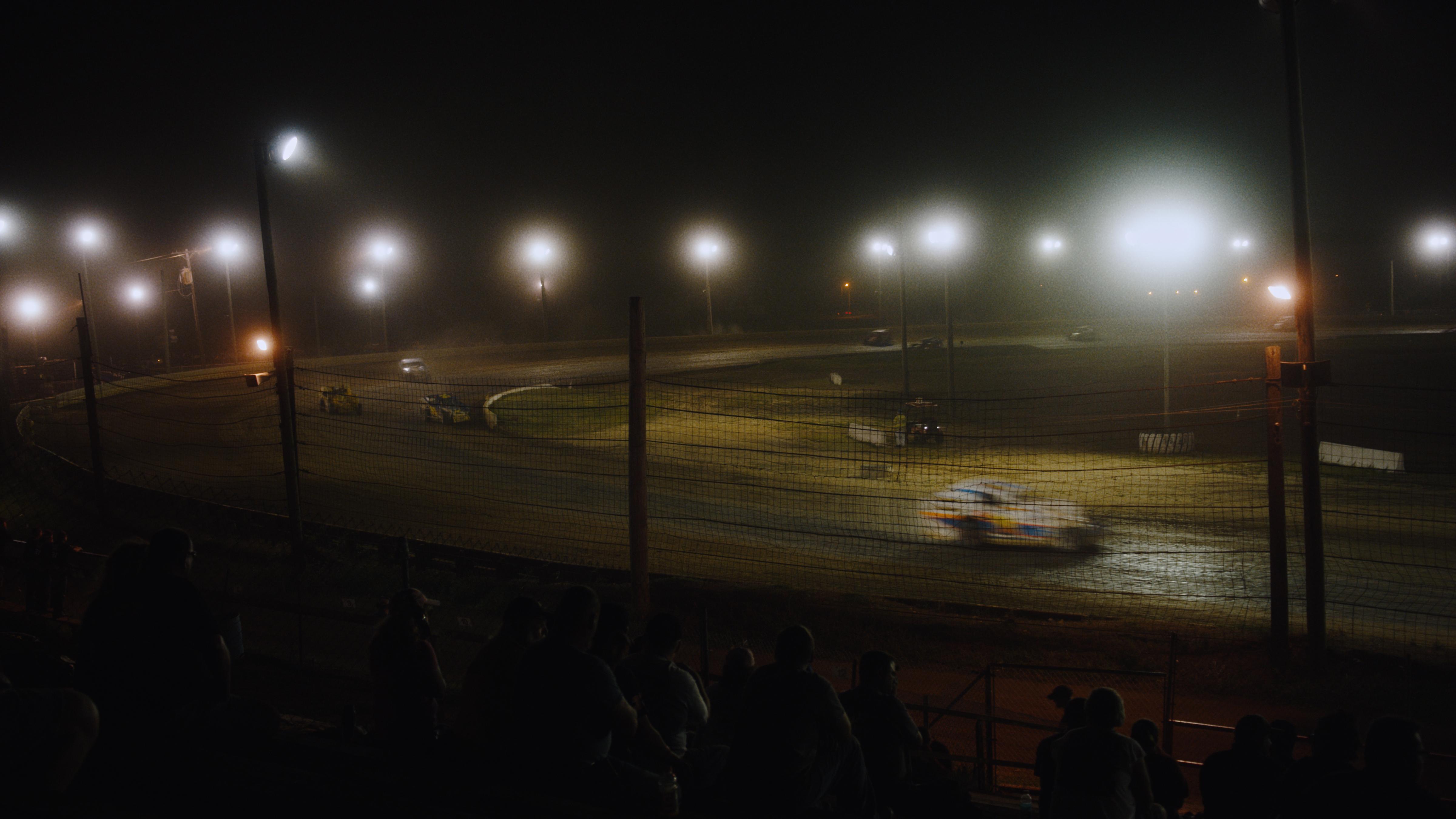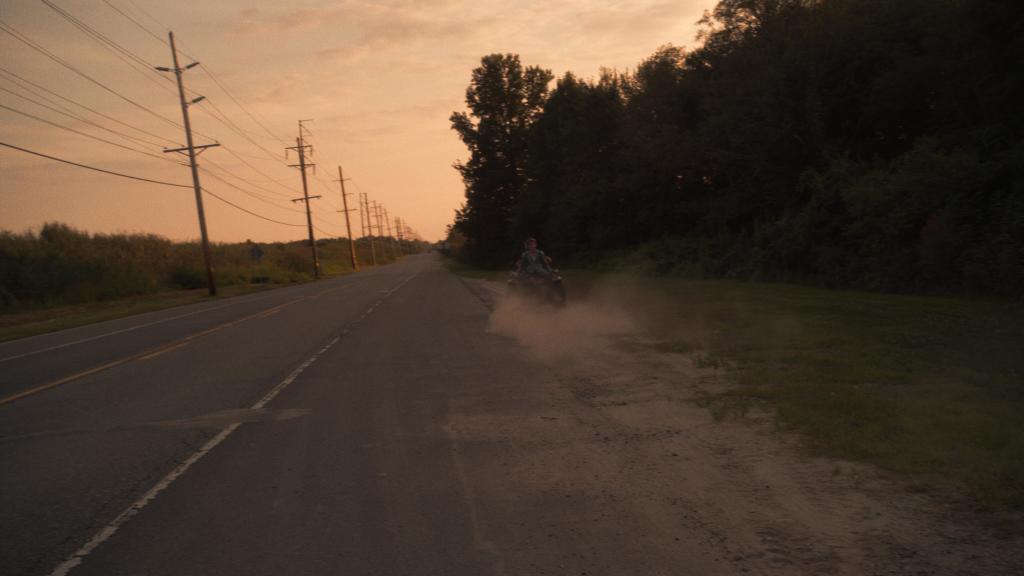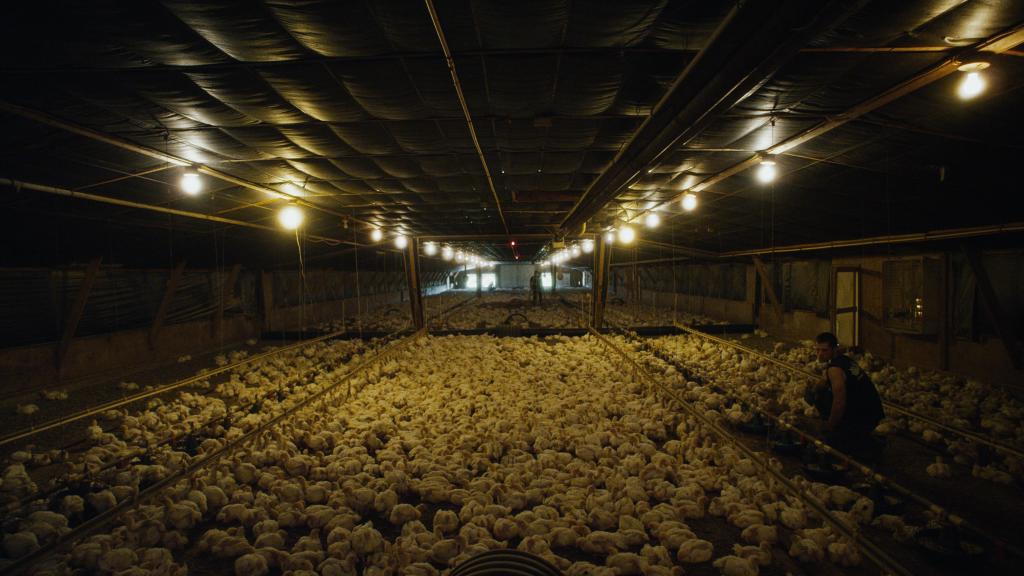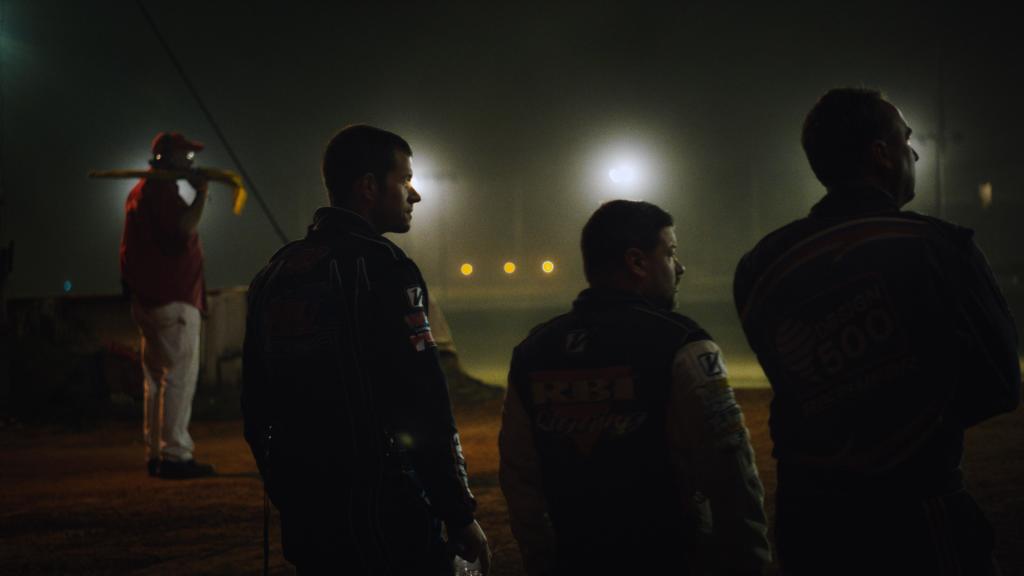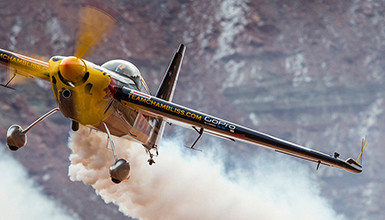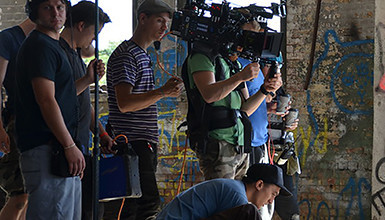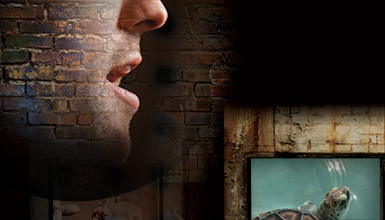That's not to say that he and his co-director didn't have to call in favors or that his team had an unlimited budget, but the key on this production was flexibility and being able to "roll with the punches" while still maintaining the film's artistic vision. Alexander was generous enough to answer some questions about the project - see the rest of his answers below and make sure to check out Yellow's official trailer at the top of the post.
Can you tell us a little more about what inspired Yellow and how you got involved in the project?
AH: Alex Maxwell (co-director/writer) and I have been friends and collaborators for the past five years. Having met on set for a DROID commercial I was shooting, we hit it off immediately and quickly discovered how much our unique perspectives and approach compliment each other.
We developed Yellow after a lull in commercial work found us both with enough free time to concentrate on something personal for a change. We had recently teamed up on a music video for Garett Emery called U, a road trip narrative placed in the southwestern United States. While filming, we came across and incorporated into the story a scene that took place at a nighttime race car dirt track, and immediately started thinking up a story that would work within that incredibly evocative world.
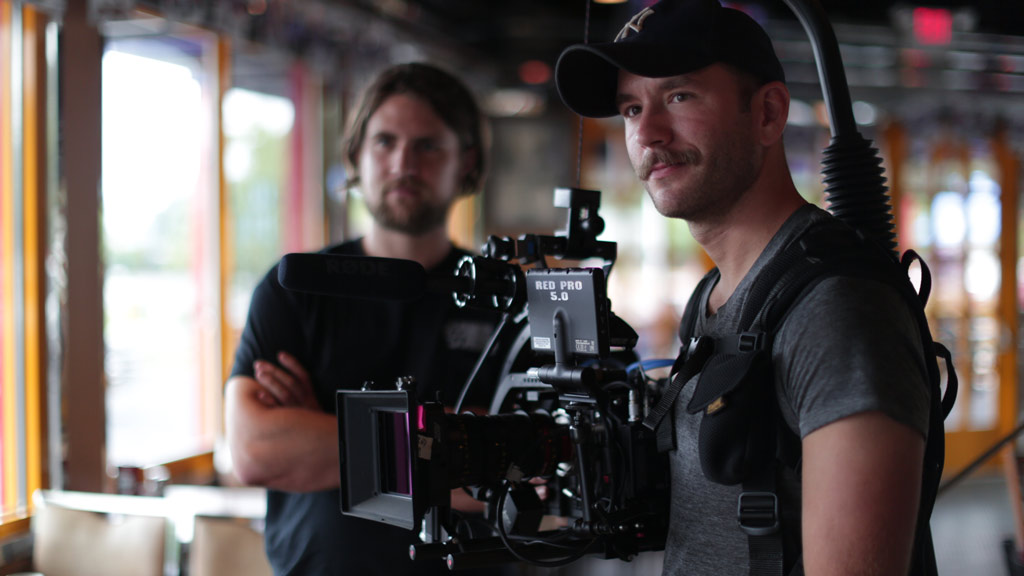
What type of shooting locations did you have and what kind of lighting situations were involved?
AH: We had a wide variety of challenging locations on Yellow which ranged from dusty nighttime race track exteriors, to industrial chicken houses, and small office interiors.
As a rule, I found that by incorporating the existing light of our unique locations, I was able to set a look that was rooted in reality, and then build upon that. For many of our set ups, I either augmented the existing light with smaller units to add a touch of fill, or more frequently than not, subtracted from the existing light with negatives in order to get the noir-inspired tone I was after.
What was your shooting schedule like?
AH: We shot Yellow over 10 days, the race track holds races every Saturday and since we were shooting many of our scenes in the pits during live races, we had to be incredibly organized when it came to structuring our schedule. Creating a work of fiction utilizing the real world as a backdrop can have its challenges, but thanks to an incredible amount of preparation and luck, we pulled it off!
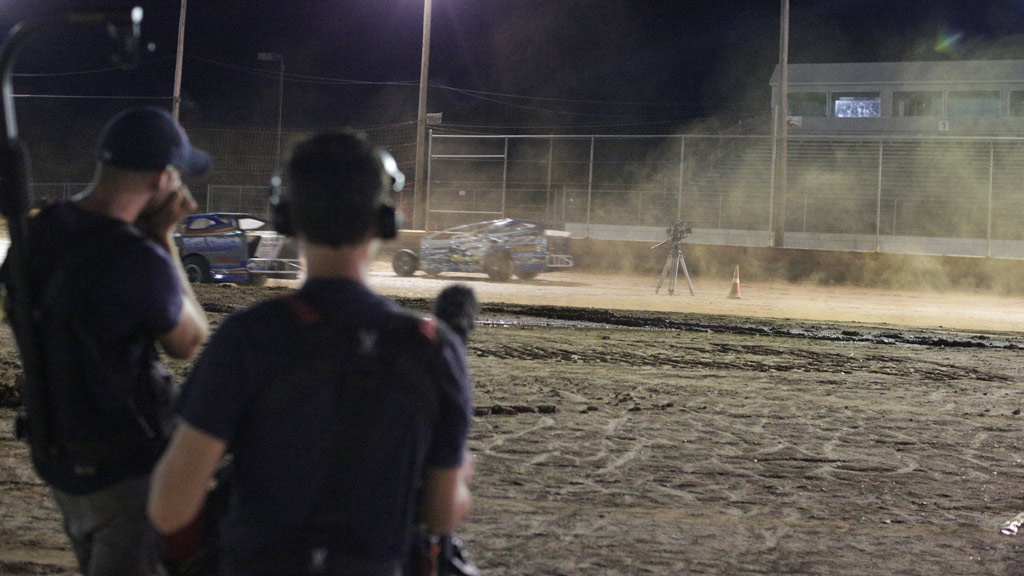
What camera did you end up shooting with?
AH: "A" camera was the RED EPIC MX, "B" camera was a RED SCARLET MX. We also used modified GoPro Hero 4's with C-Mount lenses from Back-Bone for action cameras inside and outside the race car, and a number of Canon 5D MK3's for unmanned track-side cameras as well.
Did you experience challenges with the locations or shooting conditions?
AH: Far and away the most challenging aspect to photographing Yellow was the race track environment. These cars hit over 100 mph in the straightaways on a 5/8th mile dirt track, which kicks up an incredible amount of dust. That, partnered with the roar of the engines makes for a very tough shooting environment when you're trying to simultaneously choreograph action and multiple camera teams.
I was very impressed with how the RED EPIC handled the mixed color temperatures and insane contrast of the track environment. I shot in 5K 5:1 compression, and in the DI process at New York's The Mill, my colorist Mikey Rossiter was able to pull lots of little details out of the picture. It goes without saying that I'm very happy with the final look of this film.
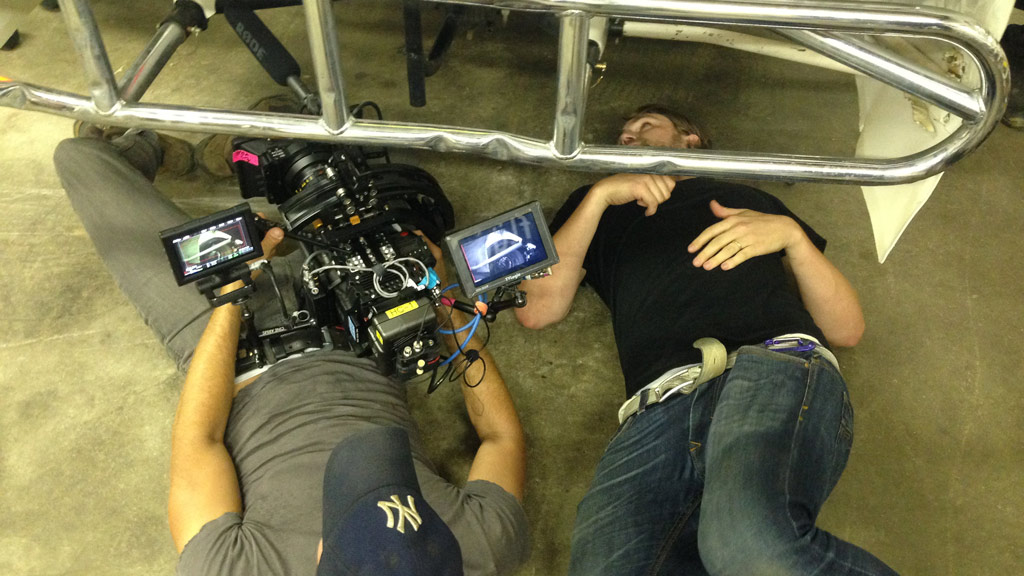
What camera did you use primarily? Why did you choose it?
AH: I chose to shoot Yellow on the RED EPIC MX because I had shot many previous projects on that camera system and knew what it was capable of retaining in post. Going in, I knew the look would be partly inspired by film noir morality tales, and the camera's excellent handling of high contrast scenery was it's most important attribute.
Can you give us some insight into how you rigged/accessorized the camera during shooting?
AH: My primary camera, the RED EPIC lived exclusively on an Easyrig system, built up with ARRI LMB-15 mattebox, cinetape, TVLogic 5.6in monitor and the single channel Bartech wireless FF.
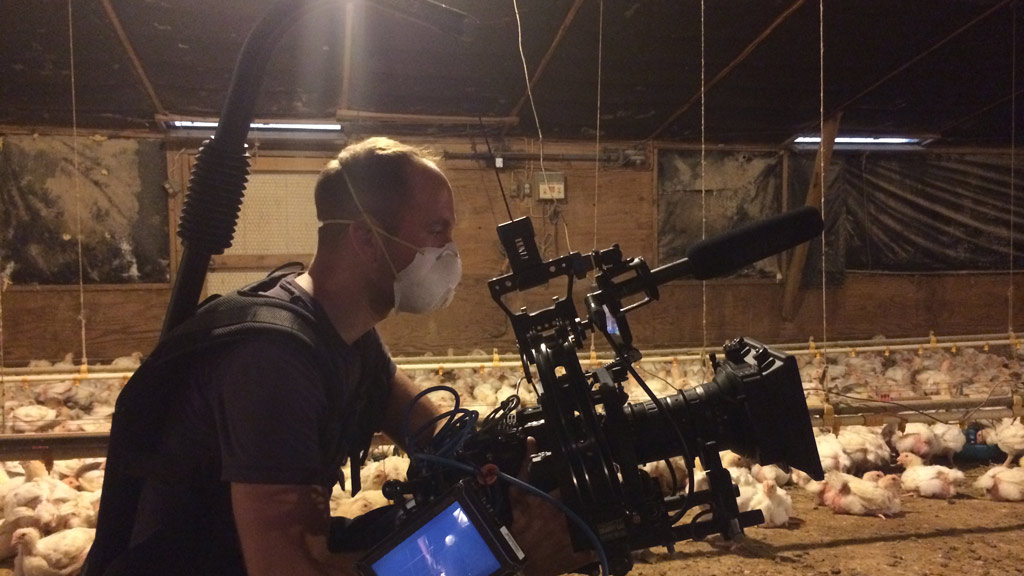
What lenses did you use and why did you choose them?
AH: For our primary camera I used the Angenieux DP series zooms (16-42mm, 30-80mm) which allowed us to move quickly and efficiently with such a small crew. I didn't have the luxury of a second AC so multiple lens swaps would have been very cumbersome. Not to mention, swapping lenses in the insanely dusty environment we built the story around would have been moronic.
For the race car sequences that have angles on the cockpit and external race cars, I used a variety of C-Mount lenses from Back-Bone, attached to their modified GoPros. The small form factor and RAW capability of the GoPro was a perfect fit for those angles, but I needed to stay away from the ultra wide angle lens that comes built into the GoPro system. Back-Bone's modification was a perfect solution.
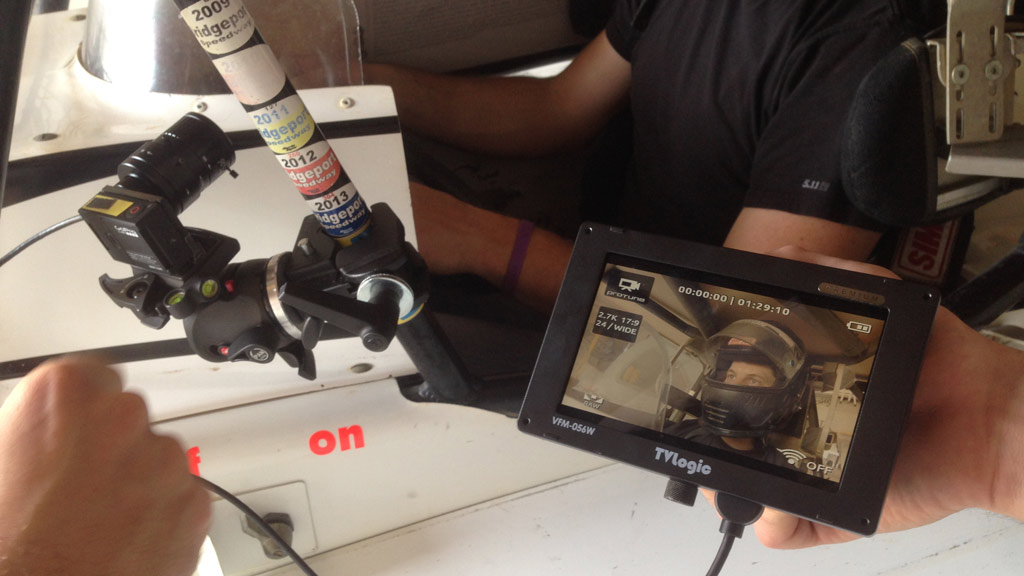
Would you consider this a low-budget feature/project? If so, did this affect your choice of lenses?
AH: Yes I would consider Yellow to be a low-budget production. My co-director and I spent our own money and called in a lot of favors to get the project accomplished. One thing I certainly did not skimp on were lenses. I knew what I wanted while developing the film and was fortunate to have access to the tools I knew would get the job done.
How did AbelCine get involved in this project? How far along in the process were you when you started working with AbelCine?
AH: I approached AbelCine for financing of one of the zooms (Angieneux Optimo DP Rouge 16-42 T2.8) I used on the job, a couple months before we began principal photography. My sales agent in NY, Victor Avila, had been closely watching the development of the film for months prior. When I came to him to announce we were jumping in with both feet and needed a versatile zoom, he was more than happy to accommodate me. Since making Yellow, Victor has facilitated a number of other purchases, most recently helping source and finance my new RED EPIC-W.
Additionally, Alex Kurze, a long time contact of mine in the NY rental department also helped tremendously with some of the additional camera support used on Yellow.
AbelCine has been a resource I've been fortunate enough to have for many years now. You guys were an incredible educational asset when I was still learning the in's and out's of filmmaking and cinematography, not to mention all the dopey little projects you gave me competitive rental rates on when I was starting out!
Do you find anything unique or exceptional when working with AbelCine?
AH: I think the level of personal commitment is something I value most when working with AbelCine. As a vendor, they're more than willing to take a personal interest in the project; that means the world to independent filmmakers like myself who can meet challenges when it comes to proper, respected industry support. I feel fortunate to have a unique relationship with AbelCine and the people who have become my friends there.
What advice do you have for someone looking to make their first short film?
AH: My advice to first time short filmmakers is to place your story in an interesting world you yourself would want to inhabit. By exploring a world that's attractive to you, not only do you get to think about that universe all day while in development, you also get to live there when you ultimately make the film!
What would you tell someone who wanted to use a similar gear setup on their next project?
AH: I'd say go for it! I couldn't be happier with the camera systems utilized on Yellow. The technology in this industry is moving so fast it's hard to keep up. That's what having a resource at AbelCine is perfect for, they eat, breathe, and sleep cinema – ask them about solutions to your creative endeavors and I'm sure they'll know just what to do.

(Responses have been lightly edited for space and clarity. All photos courtesy of Alexander Hankoff.)
Learn more about Yellow by visiting the film's official sites: yellow-film.com & shortfilmyellow. Yellow will be premiering on Short of the Week on Monday, March 20.
About Alexander Hankoff
Alexander Hankoff is an award winning producer, director and cinematographer originally from New York City. His work varies from commercials and documentary films to narrative cinema and music videos. Having come up in the commercial industry through directing and shooting for high fashion brands such as Dior and Tom Ford, his concentration over the past three years has been focused on long form narrative storytelling and documentary films. See more of his work at alexanderhankoff.com or on his Instagram profile @hashtaghankoff.











